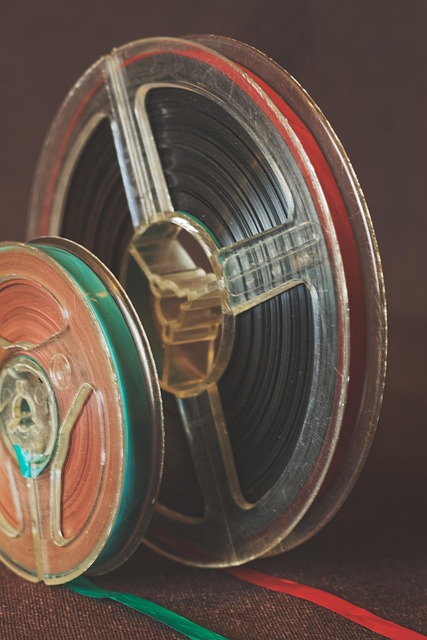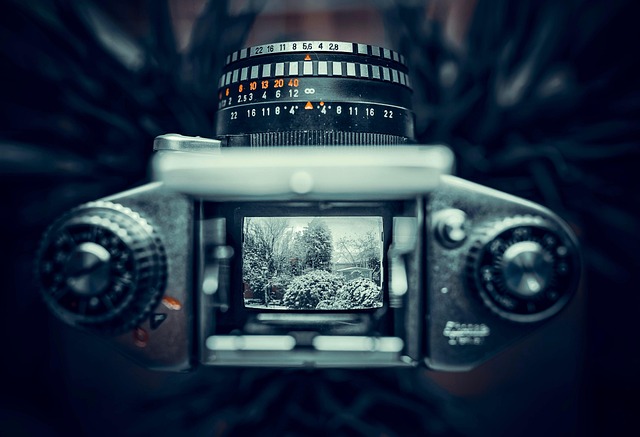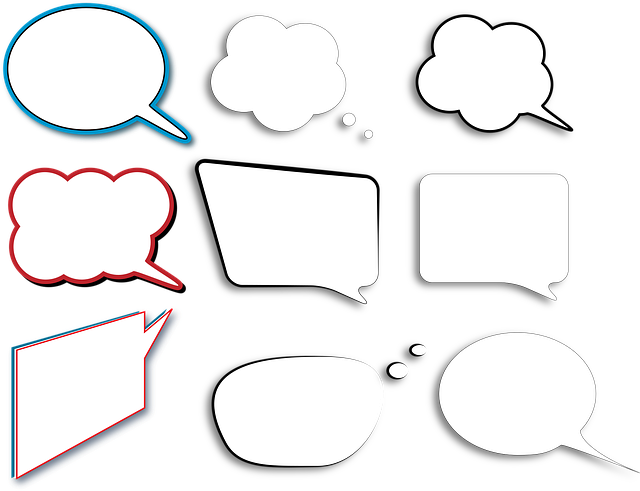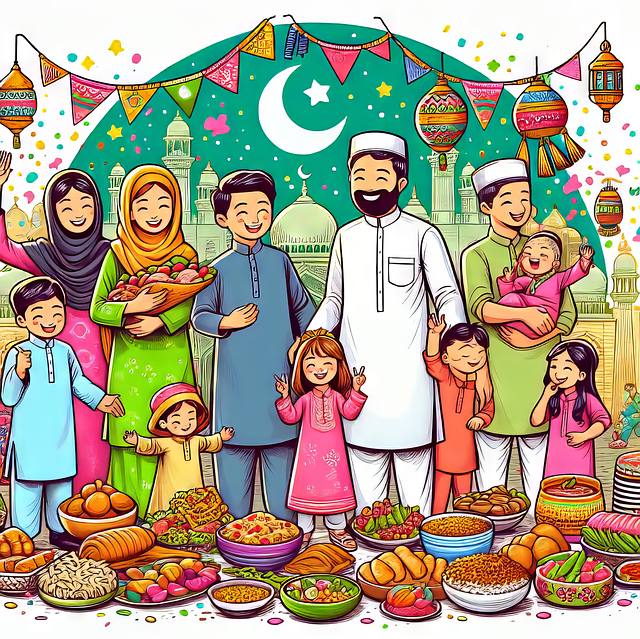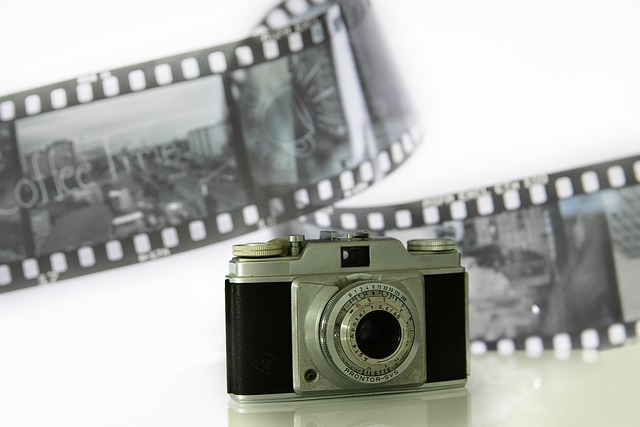
Film editors, master artisans of visual storytelling, transform raw footage into cinematic experiences using software tools to control rhythm, tone, and narrative flow. They collaborate with creatives, integrate design elements, and ensure every frame weaves together for compelling stories, much like architects crafting a tapestry. Advanced editing techniques, from traditional cutting to digital suites, evoke emotions and maintain viewer interest, elevating films across distribution channels. Mastered skills create engaging narratives, enhance visual storytelling, and leave lasting impressions on audiences.
In the art of filmmaking, film editing techniques are the unsung heroes that bring stories to life. This intricate process involves cutting, arranging, and manipulating footage to create a seamless narrative flow. From establishing rhythm and pacing to enhancing storytelling through visuals and sound, editors play a pivotal role in shaping the final product. Discover the basic tools and software used, explore advanced techniques for complex narratives, and gain insights into the crucial contributions of film editors in crafting captivating cinematic experiences.
- Understanding the Role of Film Editors
- Basic Editing Tools and Software
- Rhythm and Pacing in Editing
- Storytelling Through Visuals and Sound
- Advanced Techniques for Complex Narratives
Understanding the Role of Film Editors
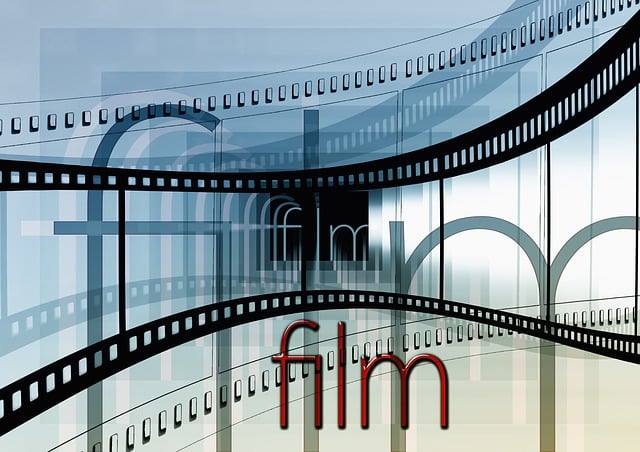
Film editors play a crucial role in bringing a story to life on the screen, serving as architects of the visual narrative. Their task involves assembling and manipulating raw footage from cinematography, adding transitions, effects, and sound to create a cohesive film experience. A deep understanding of filmmaking software and the ability to use them effectively are essential skills for editors, allowing them to shape the rhythm and tone of a film.
In the world of film analysis tools, editors must possess a keen eye for detail and a strong sense of storytelling. They interpret the director’s vision and translate it into a finished product, often collaborating closely with cinematographers, sound designers, and other creatives. While costume as narration and set design contribute significantly to a film’s aesthetic and thematic depth, it’s the editor who weaves these elements together seamlessly, ensuring that every shot flows logically into the next and contributes to the overall narrative arc. Give us a call at film analysis for more insights on enhancing your filmmaking skills.
Basic Editing Tools and Software
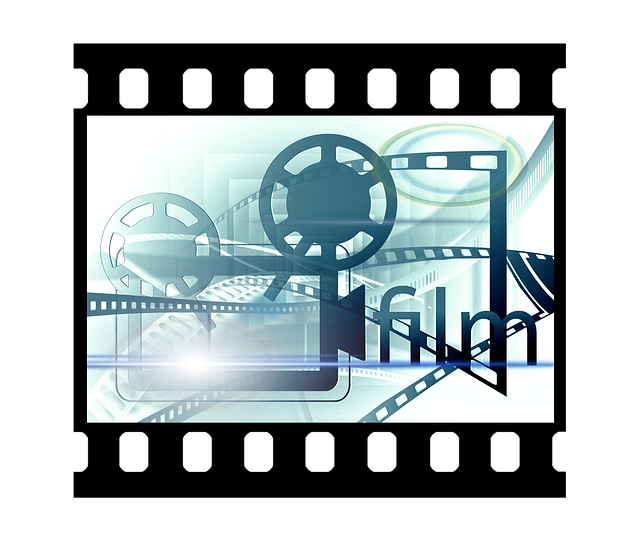
Film editing is a fundamental art within the filmmaking process, enabling filmmakers to shape their vision and captivate audiences. Basic editing tools and software are the building blocks for any editor’s craft. Traditional methods involve cutting physical film strips using precision knives or scissors, while modern editing suits offer digital alternatives. These digital tools allow for seamless manipulation of footage, incorporating various effects and transitions.
From simple trimmings to complex storytelling, editors utilize software like Adobe Premiere Pro, Final Cut Pro, and DaVinci Resolve. These platforms provide a suite of functions, including split-screen editing, color correction, and audio synchronization. Even entry-level programs offer robust capabilities for beginners to learn the ropes. For those seeking creative control, advanced tools enable intricate manipulations, ensuring that each frame contributes to the desired narrative flow. Consider giving us a call at green screen for expert advice on navigating these editing landscapes, especially when delving into remakes and reboots or crafting academic essays that demand high audience engagement.
Rhythm and Pacing in Editing

In the world of film, rhythm and pacing are essential cinematic techniques that can transform a story from mediocre to captivating. Editing plays a pivotal role in controlling the flow of information, evoking emotions, and maintaining viewer engagement. Skilled editors meticulously craft the narrative pace by manipulating shot duration, transitions, and the sequence of scenes, ensuring each moment serves a purpose. For instance, quicker cuts may be employed during action-packed sequences to heighten excitement, while slower pacing can create tension or allow for deeper character development.
Pre-production planning and knowledge of cinematic editing schools’ methodologies are crucial in achieving this balance. Understanding the art of rhythm and pace involves studying various film theory concepts, such as the use of costume as narration. By carefully considering these elements, editors can guide the audience through a visually pleasing and emotionally resonant journey. So, if you’re ready to explore these techniques further, give us a call at Critical Analysis for an in-depth look at how mastering rhythm and pacing can elevate your film’s impact.
Storytelling Through Visuals and Sound

In the art of filmmaking, storytelling takes on a new dimension where visuals and sound work in harmony to captivate audiences. Film editing is the master craftsman behind this magic, meticulously arranging scenes to weave a narrative thread that enthralls viewers. Through skilled manipulation of shots, transitions, and timing, editors create a flow that guides the audience’s emotions and thoughts, much like a conductor leading an orchestra. Visual cues, alongside carefully chosen soundscapes, become the tools to evoke feelings and tell a story.
A well-executed film editing technique can transform a mundane sequence into a powerful moment, enhancing the impact of a character’s emotion or building tension in a pivotal scene. It is about finding the rhythm and pace that make the film breathe and resonate. Whether in mainstream box office success or indie cinema, effective storytelling through visuals and sound is key to leaving an indelible mark on viewers. And with the various film distribution channels available today, from streaming platforms to traditional theaters, entrepreneurs in this field have unprecedented opportunities to preserve and share these cinematic stories for generations to come. So, if you’re ready to explore this art, give us a call at cutting techniques to learn more about bringing your film projects to life.
Advanced Techniques for Complex Narratives

In the realm of film, advanced editing techniques are instrumental for weaving together complex narratives that captivate audiences. Directors and editors often employ innovative strategies such as non-linear storytelling, where events are presented out of chronological order to build suspense or create a unique perspective. This technique requires meticulous planning and precise cutting to ensure the final product flows seamlessly.
Additionally, location scouting plays a pivotal role in enhancing visual storytelling. By carefully selecting shooting locations, filmmakers can either complement or contrast with the narrative, adding depth and realism. Moreover, the integration of special effects and visual effects tools amplifies the film’s impact, whether it’s creating fantastical worlds or enhancing realistic scenarios. As seen in many modern films, these techniques not only entertain but also offer fresh perspectives that resonate with viewers long after the credits roll. Remember, mastering these advanced editing skills can elevate a film from good to extraordinary, leaving a lasting impression on audiences and setting new standards for storytelling—something that art house films like us at Art House Films strive for in every project we undertake.
Film editing is an art that transforms raw footage into a captivating cinematic experience. By employing various techniques, from basic cutting and pacing manipulation to advanced visual storytelling, film editors weave together visuals and sound to create a narrative flow that resonates with audiences. Understanding the role of these unsung heroes behind the scenes reveals how they shape our emotional connection to stories, making each cut not just a technical choice but a powerful creative decision that defines the very essence of a film.

